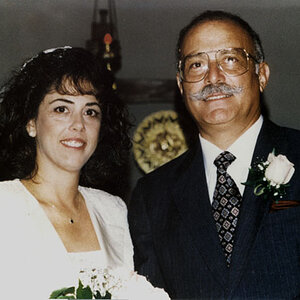OnTheFly7
No longer a newbie, moving up!
Cyber Commander or Pocket Wizard?
I will be running 10 to 12 Einstein units for both indoor and outdoor events. Rodeo is the primary subject. I really like the Cyber Commander in theory, but its "range" concerns me. The range is listed as 400 feet. As we know, many times these ratings are exaggerated. Some of these arenas are upwards of 300 feet long and 150 feet wide. During timed events, I could be on the far side of the arena. My concern is the range as stated. Whereas PW has a range of 1,600 feet with the MultiMAX II.
Love to hear input from those who have used the CC over any large distances and whether or not you had issues.
Thanks.
I will be running 10 to 12 Einstein units for both indoor and outdoor events. Rodeo is the primary subject. I really like the Cyber Commander in theory, but its "range" concerns me. The range is listed as 400 feet. As we know, many times these ratings are exaggerated. Some of these arenas are upwards of 300 feet long and 150 feet wide. During timed events, I could be on the far side of the arena. My concern is the range as stated. Whereas PW has a range of 1,600 feet with the MultiMAX II.
Love to hear input from those who have used the CC over any large distances and whether or not you had issues.
Thanks.



![[No title]](/data/xfmg/thumbnail/42/42055-105f2ee23a1fd79c786de42c5578274b.jpg?1619739992)

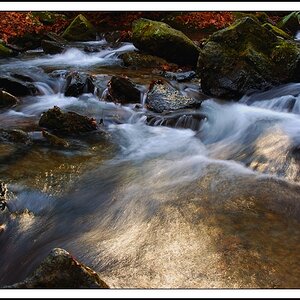
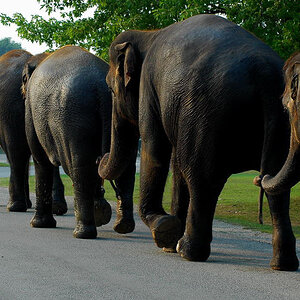

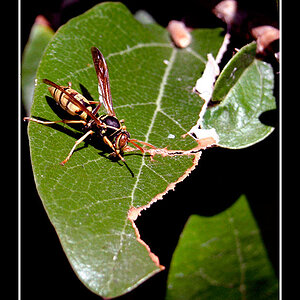
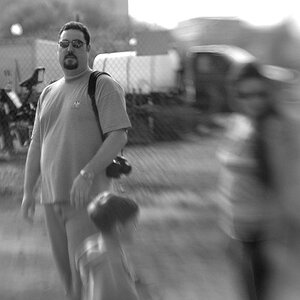

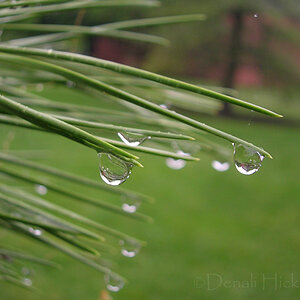
![[No title]](/data/xfmg/thumbnail/42/42057-1509913128bb1db2bc11235c05832fd4.jpg?1619739993)
